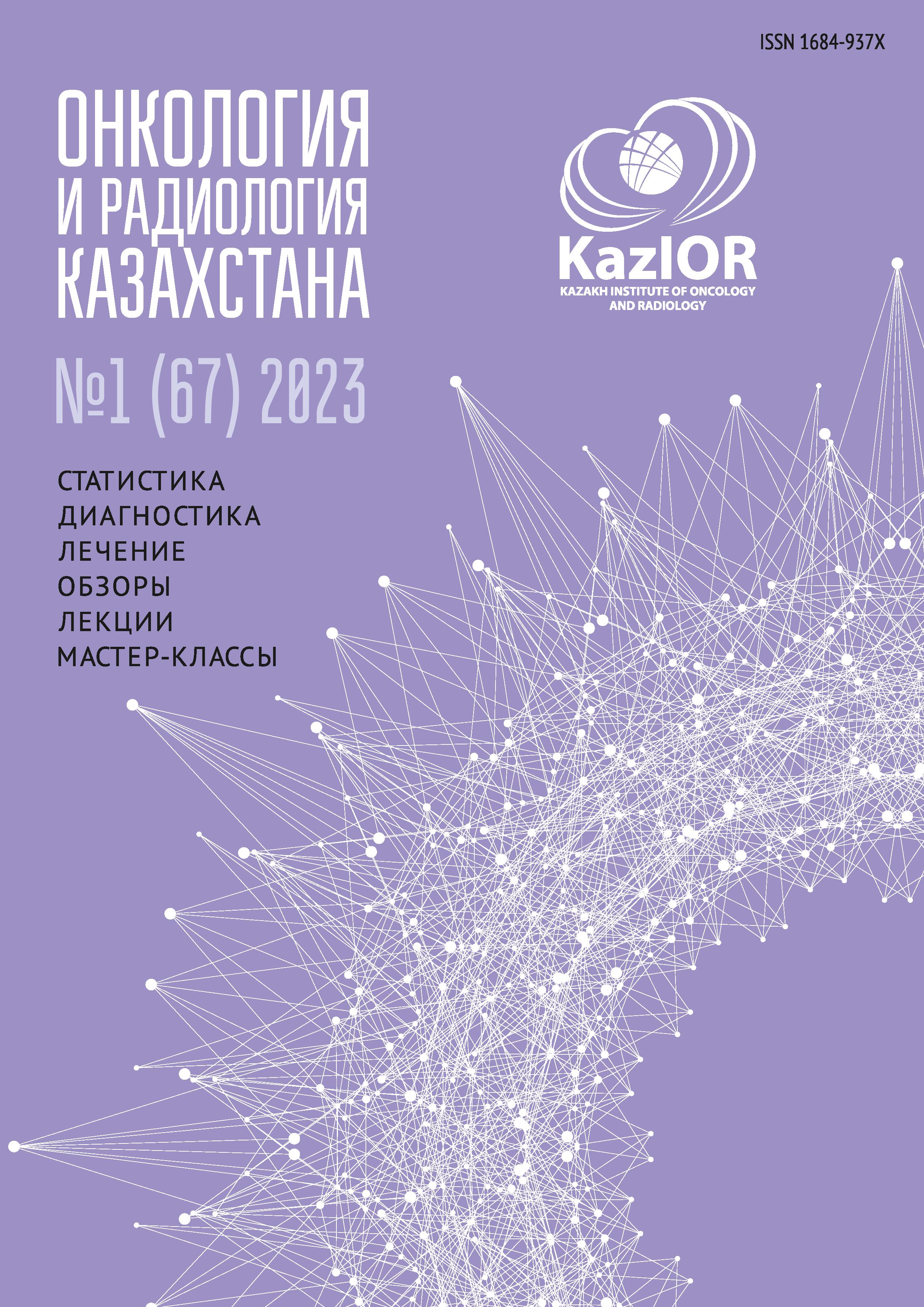S-Detect software as a tool for ultrasound diagnosis of thyroid lesions
DOI:
https://doi.org/10.52532/2521-6414-2023-1-67-19-25Keywords:
ultrasound diagnostics, S-Detect, Ti-RADS, sonoelastography, thyroid formationsAbstract
Relevance: Thyroid cancer (TC) is the most common oncological pathology of the endocrine organs. According to the International Agency for Research on Cancer (IARC), 567,233 new cases of thyroid cancer were registered worldwide in 2018. According to IARC, in 2018, 486 new cases were detected in Kazakhstan, which accounted for 1.4% of all cases in Asian countries. TC ranks 10th in the overall structure of cancer incidence globally; TC accounts for 3.1% of all cases of primary malignant tumors. Despite the relatively low incidence, the problems of pathogenesis have been extremely relevant in recent decades due to the increasing prevalence of thyroid cancer.
Samsung Medison introduced AI-based S-Detect to improve sensitivity, specificity, and accuracy in the differential diagnosis of thyroid masses.
The study aimed to explore the S-Detect program capacities in differential diagnostics of thyroid masses.
Methods: 75 patients with focal lesions in the thyroid gland were examined using the Samsung Medison RS85 ultrasound machine equipped with the S-Detect program; additionally, Doppler and non-Doppler methods were used.
Results: The S-Detect program made it possible to make a correct diagnosis in 97% of patients (73 of 75), which was confirmed by the results of morphological verification (histology, cytology). The sonoelastography method showed correct results in 91% of patients (68 of 75).
Conclusion: The use of the S-Detect program for thyroid examination positively affects the diagnostic value of ultrasound in the differential diagnosis of thyroid masses, increasing the sensitivity, specificity, and accuracy of diagnosis, as well as avoiding redundant biopsies.

